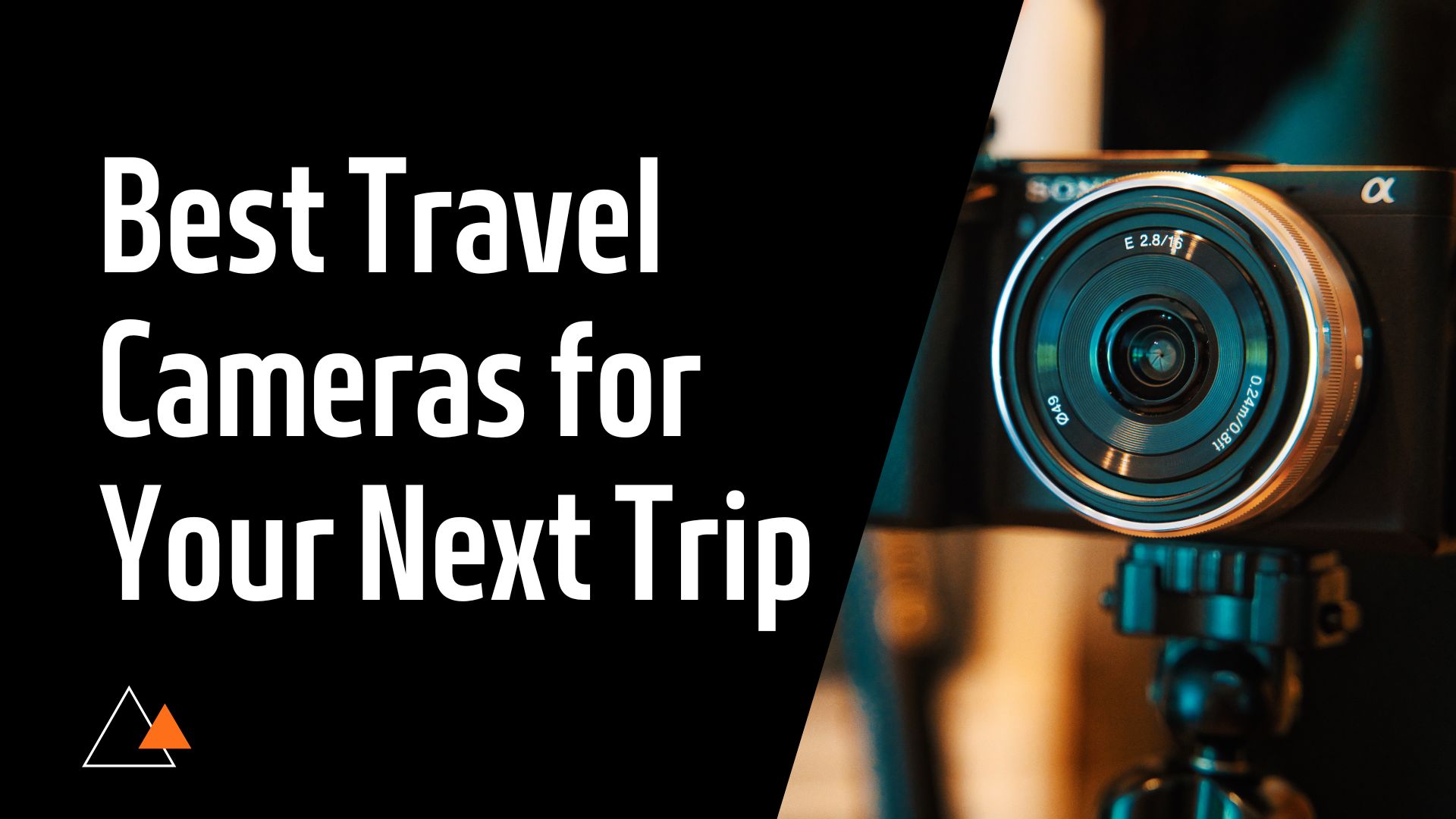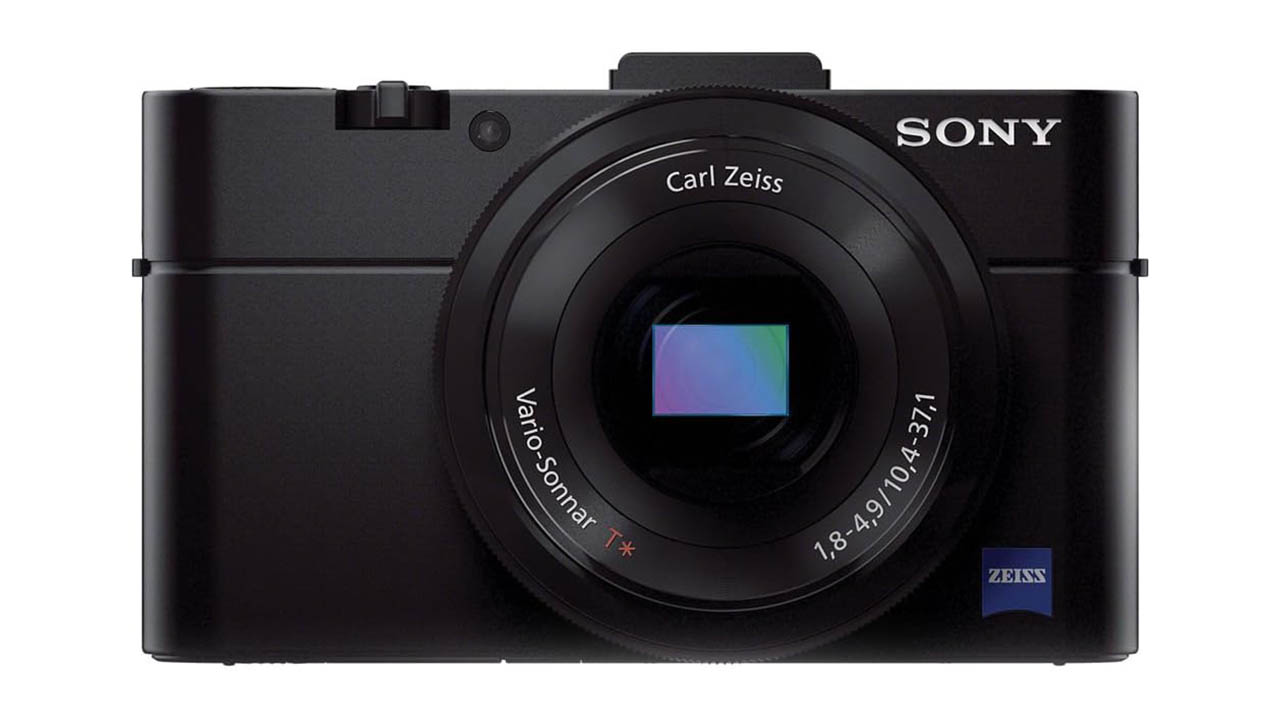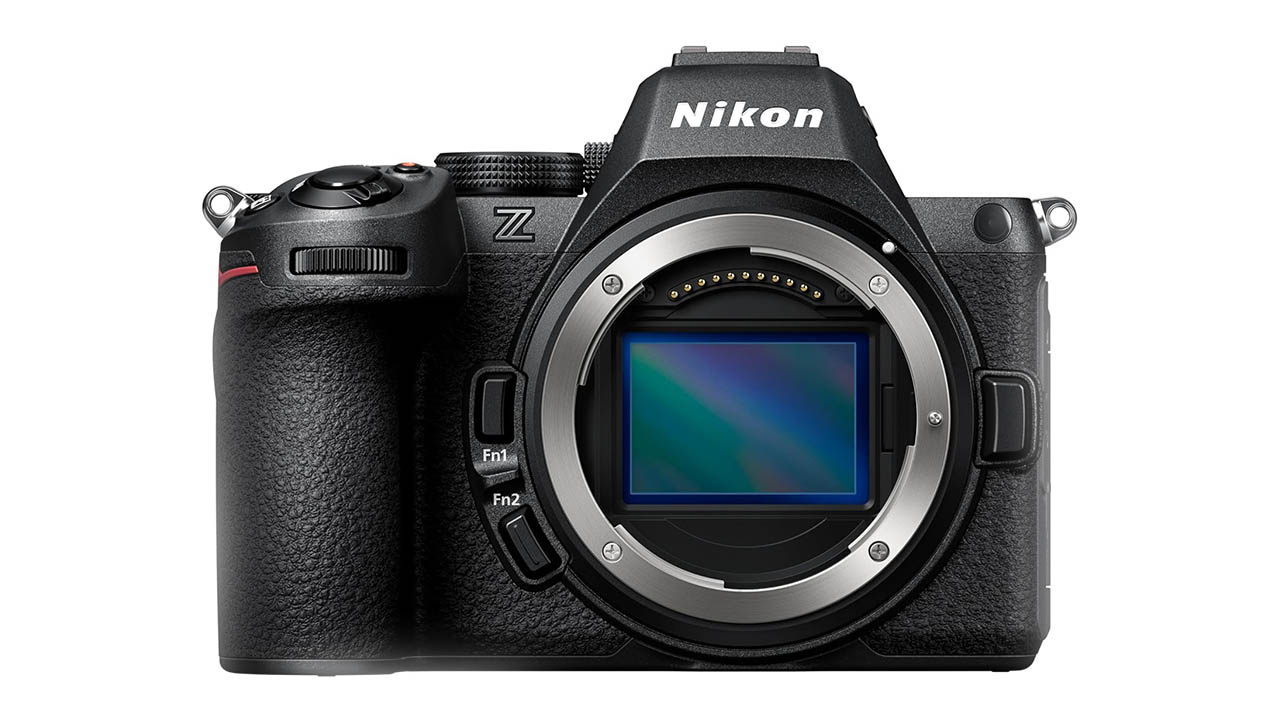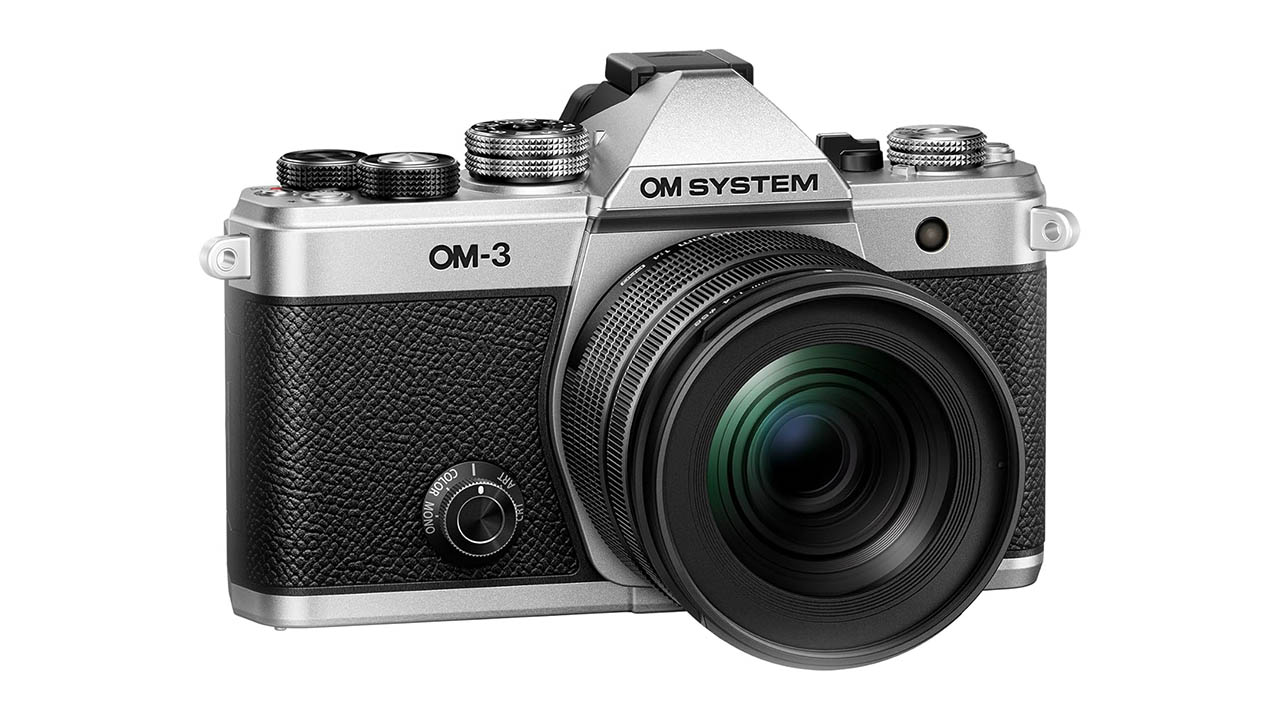4 Best Travel Cameras for Your Next Trip: Top Picks for Every Moment

I didn’t think I needed a travel camera. But with a big family trip to Australia coming up—and a dream of capturing it all like a Wes Anderson film—I figured I deserved one. The problem? I had no clue what I was looking for. Should I get a small point-and-shoot for easy snapshots? A camera perfect for daily vlogging and custard tart updates? Or should I go all in with a professional setup so serious that airport security would definitely stop me?
I dove into research and even spoke with Daniel Norton, Editorial Manager at Adorama’s 42West. He helped me understand that the best camera is the one you’ll actually carry and enjoy using. That could even be your phone! It’s all about finding a balance between quality, ease of use, and how much gear you’re willing to bring. With his advice, I narrowed it down to four excellent cameras—each ideal for different travel styles, creative goals, and button-fiddling preferences.
Best Travel Camera
Sony Cybershot DSC-RX100 VII

Pros
- Truly pocketable but surprisingly powerful
- Fast autofocus with Real-Time Eye AF for both people and pets
- Shoots blackout-free at 20fps or Single Burst at 90fps for fast-action shots
- 4K video with full pixel readout and slow motion up to 960fps
Cons
- No interchangeable lenses
- Small body means small buttons
- Battery life is okay, but you’ll likely want a spare
This was the camera I kept coming back to once I realized I wanted something simple yet powerful. The Sony RX100 VII feels like the secret weapon of travel photography. It’s made for people who want amazing photos without carrying bulky gear. You know that friend who always gets perfect shots but never seems to be lugging a camera around? They’re probably using this. It’s so compact it fits right in your pocket, but inside, it packs a serious punch. The zoom lens goes from 24mm to 200mm, and the autofocus is so fast it’ll catch a smile before you even say “cheese.”
I’d bring this camera on trips when I just want to enjoy the moment without fiddling with gear—exploring street markets, joining city tours, sipping coffee at a café, or capturing candid shots of stylish strangers. It’s great for almost any scene: wide landscapes, street portraits, or even a pastry close-up. It shoots up to 20 frames per second, so you never miss a moment. The image quality is impressive—clear, vibrant, and sharp. For video lovers, it delivers beautiful 4K footage without pixel binning, and the slow-motion is top-notch, going up to 960fps. Built-in image stabilization helps keep things smooth, and the flip-up screen makes selfies feel easy and natural.
Daniel Norton called it the kind of camera “you’ll often see in a professional’s pocket,” and honestly, that makes sense. It has the features of a high-end setup, but in a body that never gets in your way.
Nikon Z5 II

Pros
- Full-frame 24.5MP sensor means crisp, beautiful photos
- Works great in low light conditions
- Fast autofocus tracks 9 different subjects
- 5-axis image stabilization helps with steady handheld shots
Cons
- Not the smallest—takes up space in your bag
- More camera than needed if you’re just posting to Instagram
- Body only—lens sold separately
I was looking for a “starter camera,” but not one that looked or felt like a beginner’s tool. The Nikon Z5 II hits the perfect balance between easy to use and packed with features. It’s the kind of camera that grows with you. Whether you’re stepping up from smartphone photography or exploring a new creative hobby, this one delivers quality and flexibility. It’s perfect for all lighting situations—sunset views, dim restaurants, or overcast hiking trails. From Iceland’s open landscapes to everyday family moments like your kid eating gelato on a cobblestone street, this camera handles it all.
What makes it stand out is how much it does without overwhelming you. The full-frame sensor produces sharp images with rich detail, even when the lighting isn’t ideal. The autofocus system is a dream—it locks on to people, animals, or even cars quickly, even in the dark. There’s also a neat feature called Pre-Release Capture. This means the camera actually snaps photos before you fully press the shutter, saving those blink-and-you-miss-it moments. And with Starlight View mode, you can frame shots in near total darkness.
As Norton puts it, beginners need something easy to use but with room to grow. This Nikon is exactly that. It’s powerful but forgiving—great for learning the ropes, yet solid enough to keep using as your skills improve.
DJI Osmo Pocket 3

Pros
- Super smooth, stable videos thanks to the built-in 3-axis gimbal
- Small enough to fit in your pocket or backpack side pouch
- Rotating touch screen makes switching between front and selfie mode easy
- Great built-in microphones, and works wirelessly with DJI Mic 2 for even better sound
Cons
- Not ideal for still photos—better to use your phone or a second camera for that
- Some editing needed to get the most out of your videos, especially when shooting in 10-bit
I didn’t buy this camera to become a content creator. I just wanted to capture vacation videos that didn’t feel like they were filmed during an earthquake. The DJI Osmo Pocket 3 solves that. This tiny camera, with its built-in gimbal, shoots incredibly stable footage. It’s small enough to slip into your jacket pocket or a side pouch in your backpack, but powerful enough to capture 4K video at 120 frames per second. It has a large 1-inch sensor, so even when the lighting isn’t perfect—like during golden hour in Lisbon or early morning in your living room—it still looks great.
Travel creators love this camera, but it’s just as useful for people like me who want professional-looking video without carrying bulky gear. Norton, a travel vlogger I follow, called it “a vlogging camera in your pocket,” and he’s absolutely right. The built-in three-axis gimbal keeps the footage looking smooth and cinematic. The audio is another standout. The onboard microphones are surprisingly clear, and it connects wirelessly with the DJI Mic 2 system for even better sound—no tangled wires, no complicated setup.
For anyone who wants easy, high-quality travel footage, this camera is perfect. You don’t need to adjust a lot. Just turn it on, point, and shoot. Whether you’re filming a road trip, a hike, or your morning coffee in Paris, it delivers sharp, steady, colorful video without the fuss.
OM SYSTEM OM-3

Pros
- Compact, sturdy design that’s easy to carry on hikes or dusty safaris
- Weather-sealed body—feel free to shoot in the rain without worry
- Fast, reliable autofocus that’s great for catching birds, squirrels, or a toddler chasing a duck
- Vintage look with modern features like built-in creative filters and custom color profiles
Cons
- Smaller sensor than a full-frame, so it’s not the best in low light
- If you’re not into wildlife or outdoor photography, the long zoom might be more than you need
This is the camera that made me wonder if I’m secretly into bird watching and nature photography. The OM SYSTEM OM-3 almost dares you to head outside and wait for something to flap, sprint, or sneak across your path. It’s small and light, thanks to the Micro Four Thirds sensor, and it’s built to handle the outdoors. Rain? Dust? No problem—it’s weather-sealed and tough enough to take along on a hike or through a national park.
What makes it special, according to Norton, is that the telephoto lenses you’d use for wildlife are a lot smaller than the full-frame versions. In simple terms, you’re not lugging around a giant lens that looks like a telescope. Instead, you get powerful zoom in a much lighter package, which is great for long days on your feet. The autofocus is quick and smart, tracking movement like a pro—so whether it’s a bird in flight or a chipmunk darting across a trail, you’ll catch it.
I’d bring this camera on nature walks, park visits, or just around town in case a surprise wildlife moment pops up. The body feels like something out of a vintage camera collection, but don’t be fooled—it’s filled with useful digital tools. You get custom color profiles, built-in filters, and sharp, clear lenses that help every photo stand out. It’s a fun mix of retro style and modern tech that makes shooting outdoors simple and rewarding.
Which Is the Best Travel Camera?
In the end, I didn’t find the perfect travel camera—because truthfully, it doesn’t exist. Instead, I found four incredibly capable options, each suited for a different kind of traveler. Whether you’re chasing wildlife in the outback, filming cinematic coffee breaks in Melbourne, or snapping stylish strangers on the streets of Sydney, the best travel camera depends entirely on you.
The Sony RX100 VII is perfect for those who want high-end power in a pocketable form. The Nikon Z5 II gives you pro-level image quality and room to grow creatively. For silky-smooth travel vlogs, the DJI Osmo Pocket 3 is unbeatable. And if you’re into nature and outdoor adventures, the OM SYSTEM OM-3 is ready for any environment.
As Daniel Norton wisely put it: The best camera is the one you’ll actually carry. So choose the one that fits your style, your gear tolerance, and your storytelling goals. Pack a spare battery, bring a memory card or two, and enjoy capturing your journey—Wes Anderson framing optional.
